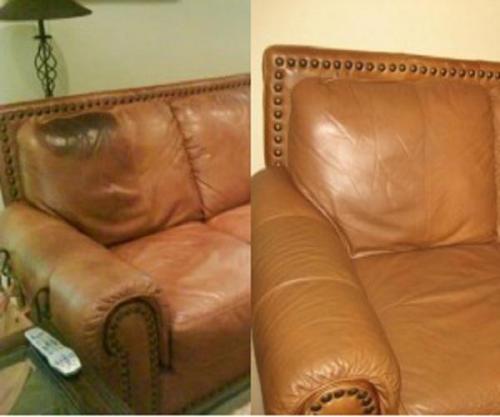How to Restore an Antique Dining Table?

Antique and old dining tables are among the most difficult kinds of furniture to salvage because they might have more detriments and stains from constant use. So, in most cases, it is prudent to hire a company providing antique furniture restoration services. A DIY project, although not recommended, can be possibly done using the right tools and technique.
Preparation
for The Task
First,
you will need to locate a properly ventilated area as the procedure
is going to necessitate usage of solvents. The location must be free
from dust, otherwise
it
will settle down on the finish. An old rug should also be laid
beneath the table so as to prevent solvents from dropping directly on
the floor. Make sure that you wear protective glasses and gloves
before you begin.
Cleaning
the Antique Piece
Find
a container and fill it with a small amount of mineral spirit. Dip a
piece of cotton cloth in the spirit and use it to wipe the table.
Move in direction of grains of the wood for removing any oils, dirt
and waxes better. Keep changing area of the cloth which you are using
for wiping. If the table is a big one, you might have to use multiple
cotton clothes.
Eliminating
Traces of Paint
Once
you are done cleaning the table, use a steel wool dipped in the
mineral spirit to rub the residues of paint gently and clean them
off.
Removing
the Mineral Spirit
After
removing the paint residues, you will also need to eliminate the
mineral spirit. This can be done with the help of denatured alcohol.
Apply some of it on a piece of clean cloth and then use it to wipe
the whole surface. Once it has been done, let the denatured alcohol
dry up.
Filling
The Irregularities
Larger
scratches and perforations will require to be filled up with a
touch-up pen of a finish same as that which you apply later on. Wipe
off excess material using a cloth. If there are too many abrasions,
however, you will have to use wood stain. Pour some of it in a
container and make sure it is mixed properly. Apply it on the
scratches using a paintbrush. Instead of using a thick layer, apply
several thin layers if necessary.
Applying Topcoat
After
the stain has settled and dried properly, dust the whole table using
a cloth. Then, use a lint-free cloth to apply the final topcoat and
let it dry afterwards for approximately two hours. Rub the surface
gently with a sandpaper and remove any dust with the cloth. Apply
another layer of the topcoat. Allow it to dry and then smoothen it
with the sandpaper for a sleek finish.

Comments